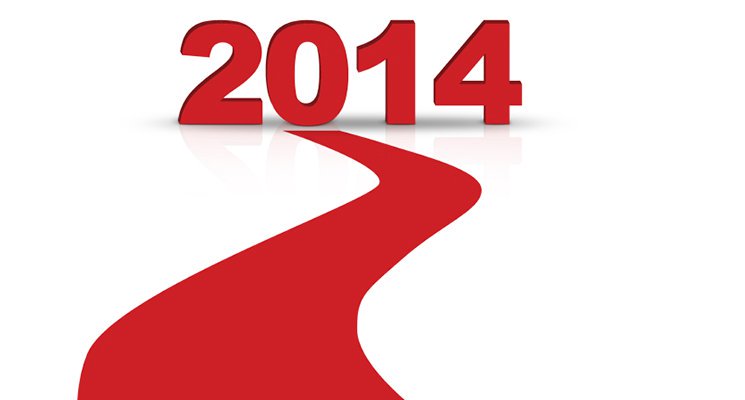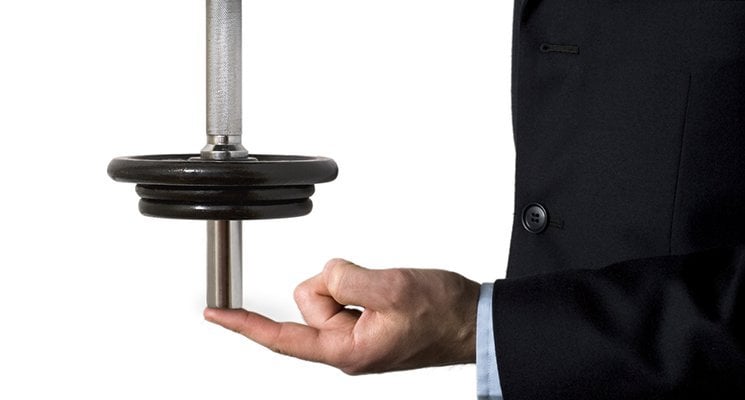These days, scheduling just one day in a single family’s life practically requires a PhD in metaphysical engineering. Your spouse is out of town, you have an important work meeting, you’re out of groceries, and the plumber is coming to fix your broken sink; meanwhile, one kid has to get to soccer practice, taekwondo, and a dentist appointment and the other has a dance class and a tutoring session. Figuring out how it’s all going to get done seems impossible.
No wonder running a sports facility can give you a headache. If coordinating four people’s activities in one day is complicated, what about coordinating fields, equipment, practice space, classes, and special events for hundreds of people over several months? How are you going to get it all done?
Of course, you already have systems in place for tackling this task, but can you improve those systems? Here are a few tips for streamlining:
1. Test Your Knowledge
If you use league scheduling software, make sure you know its capabilities. Sure, you know how to publish a schedule to your website (you do, right?), but can you schedule multiple divisions at once? Are you sure you’ve got the settings right so you avoid double booking? Are you accommodating team preferences? If your software doesn’t allow you to do all these things, it’s time to find a new one. If it does and you’re not sure how to do them, it’s time for a refresher course. Do some research online, or, better yet, call your software’s support line. If you don’t use scheduling software, oh boy. Unless you’re a tiny, boutique facility, offering just one sport and with only a small clientele, you probably really need some.
2. Setup Quick Group Meetings
Have weekly or daily check-in sessions with employees to make sure everyone knows what’s on tap, forestall any potential glitches, and fix any problems. Scheduling works best when all the people involved know about the schedule and have a chance to weigh in on it. You’ll be doing yourself and your facility a big favor if you create time for brief, frequent sessions to ensure all systems are go. Also! No matter how carefully you plan and check your plan (and double-check your plan), conflicts happen. Know your steps for handling conflicts; train your employees in handling them too. Remember the end goal: Keep the customers happy.
3. Make Time for Analyzing Mistakes.
Again, conflicts arise. If something has gone wrong with your scheduling despite your mastery of software, your open lines of communication, and your vigilant efforts to stay on top of things, you need to know what went wrong. It can be useful to have a flowchart of questions to help you avoid problems in the future (for example: Did I enter this team’s practice location change into the software correctly? If no, then learn how to enter changes; if yes, then did I check to make sure the change was communicated through the proper channels? If no, then…. You get the idea).
We tend to think scheduling should come easily to us, and sometimes it does. But your facility is a complex system. To maintain complex systems, small adjustments often are necessary—and they can make a big difference. Figure out what small changes you can make to simplify scheduling!













